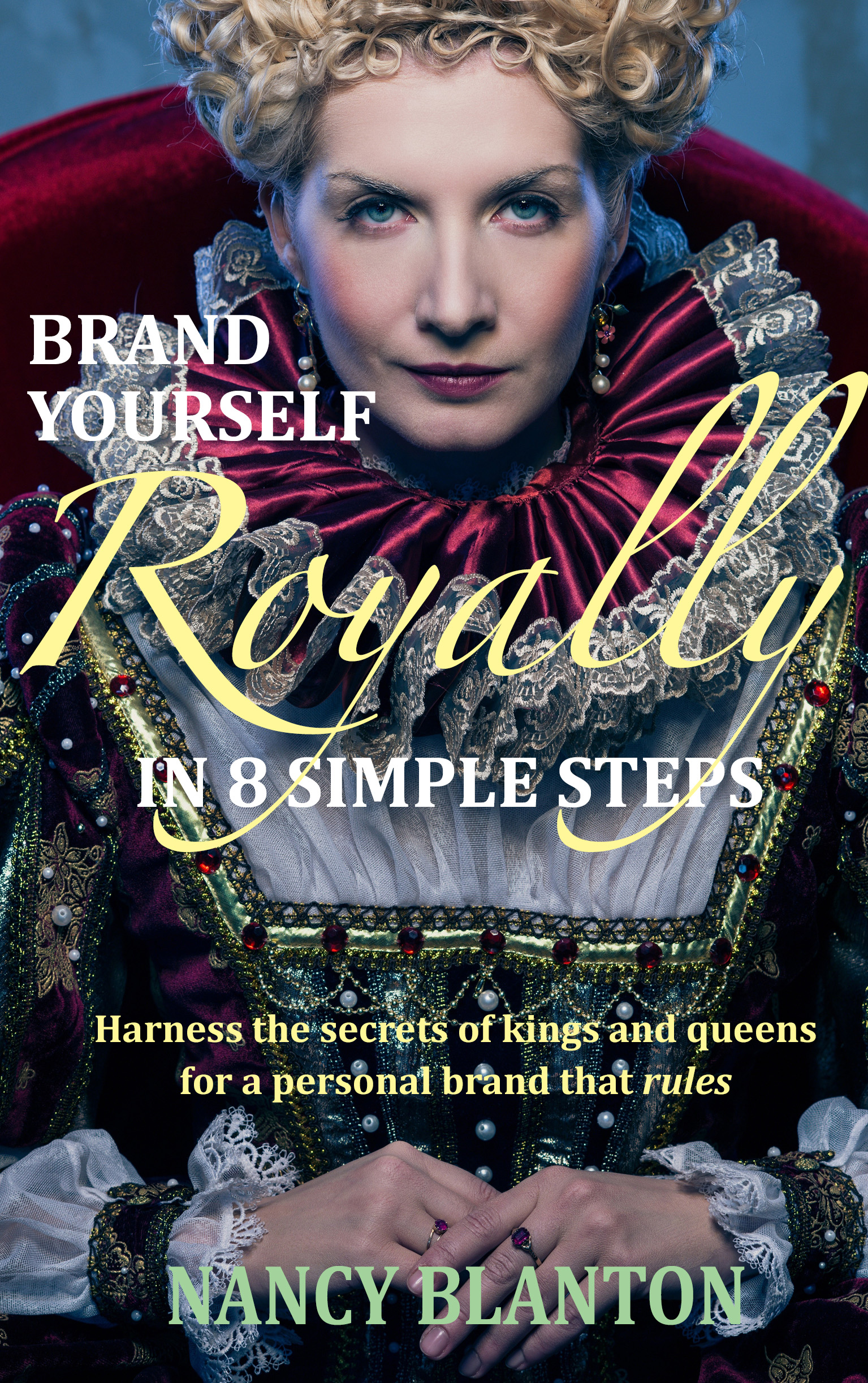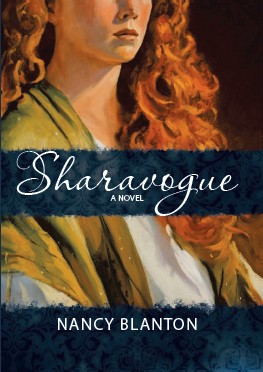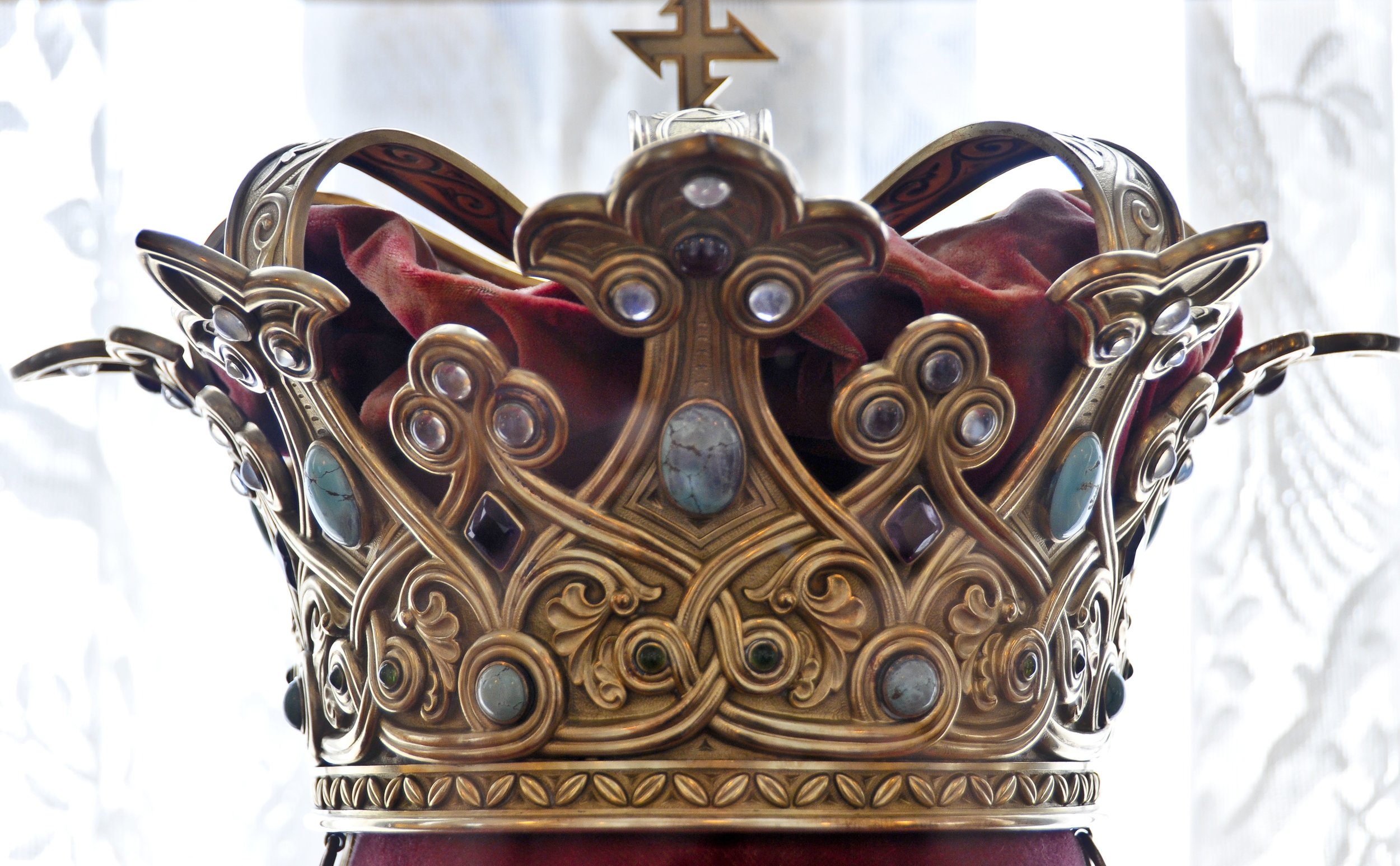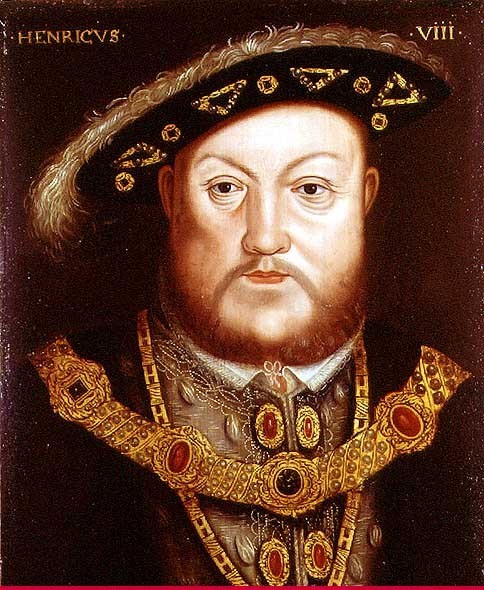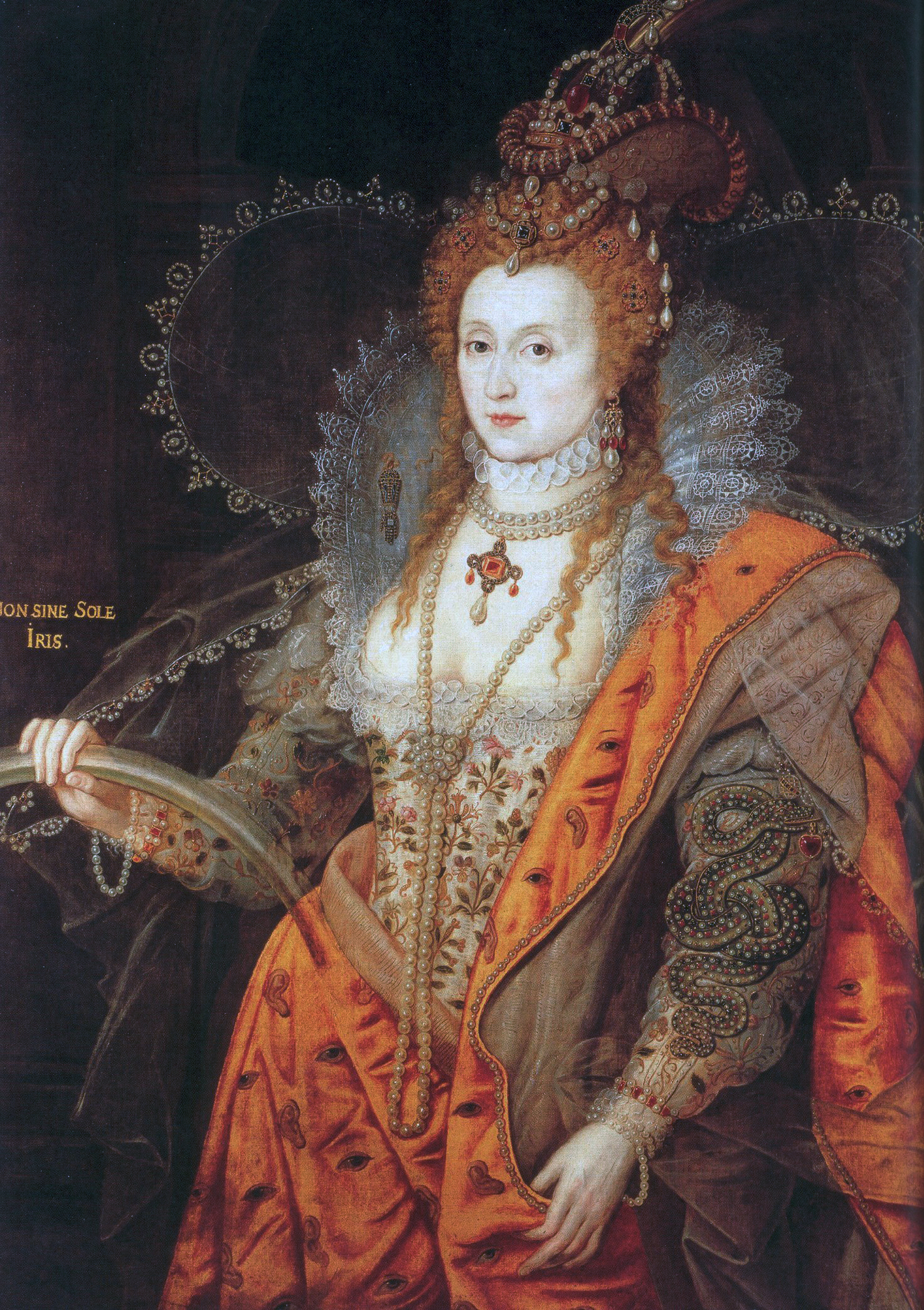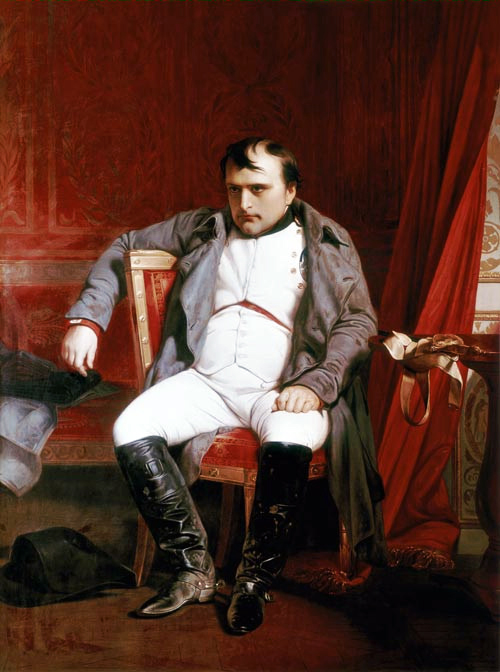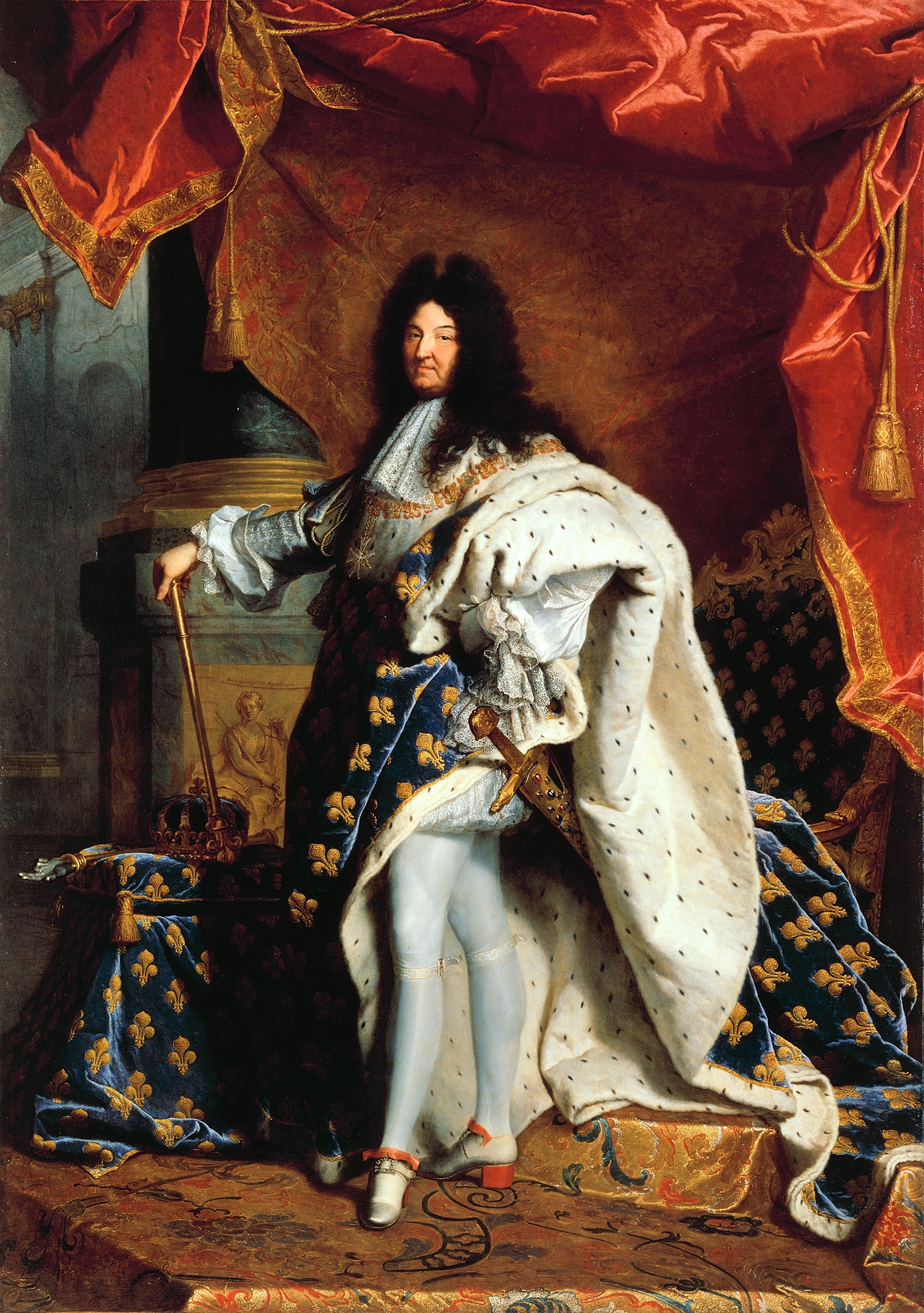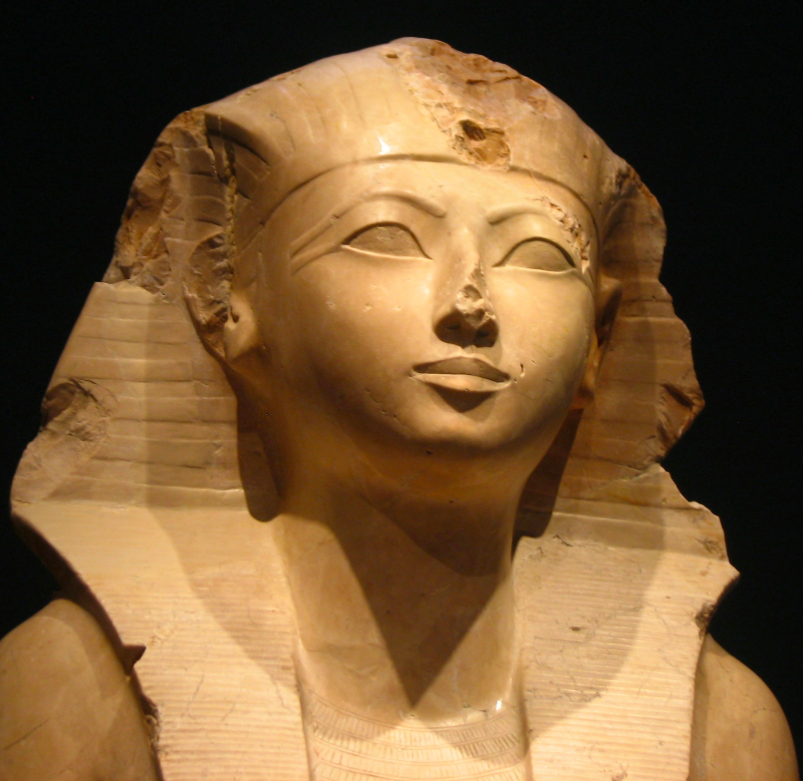Personal branding: persona and positioning
/And why you need both
In my book on the subject, Chapter 2 introduces you to England's Henry VIII, the king from 1509 to 1547. He was the granddaddy of personal branding if ever there was one, and the perfect model for generating and expressing a memorable persona.
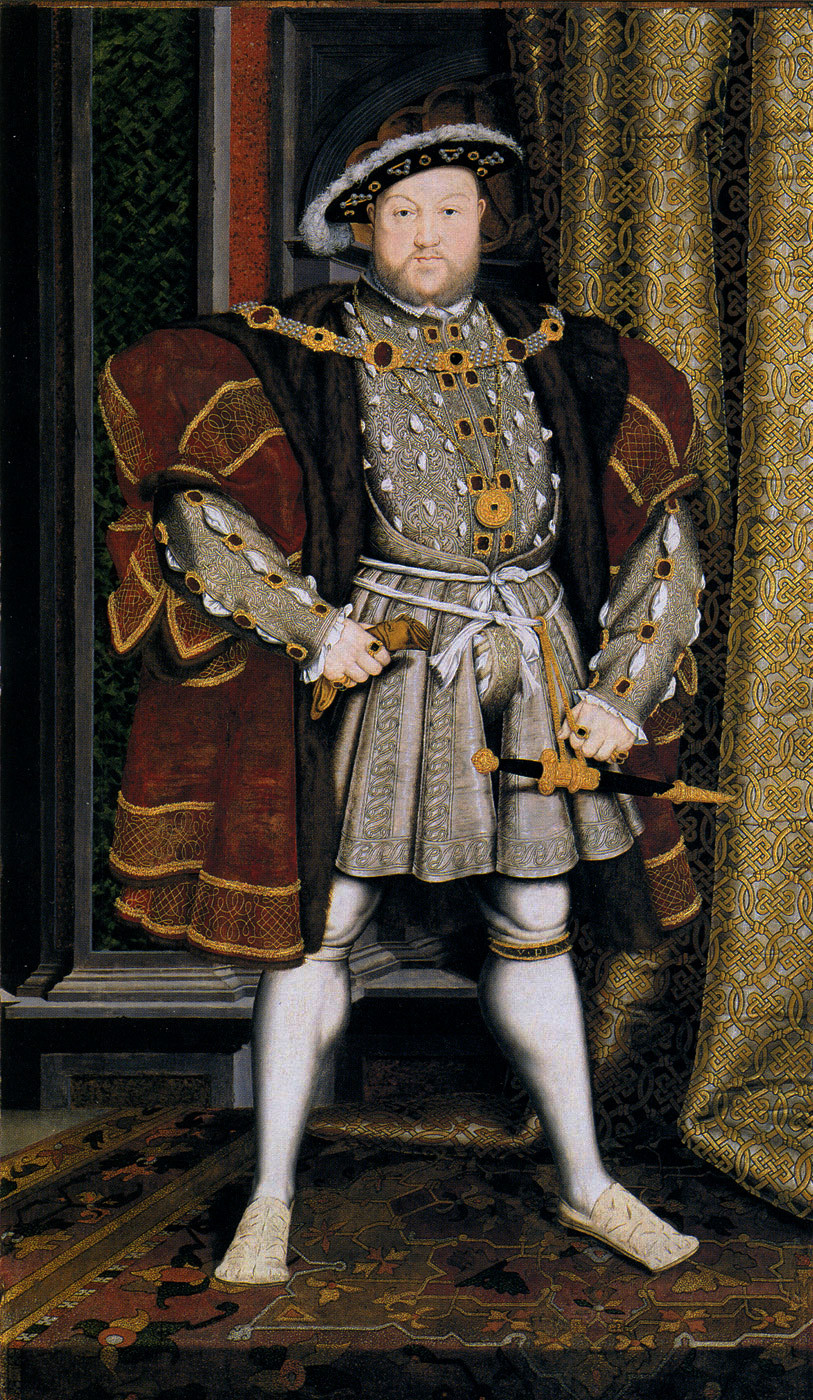 Most people are familiar with the famous Holbein portrait of him standing tall, broad-shouldered, filling up the canvas in his regal robes and codpiece. An icon of strength and robust health, this king gave the people what they wanted: physical power, great wealth, cultural sophistication, grand architecture, athletic supremacy, and a direct link to God.
Most people are familiar with the famous Holbein portrait of him standing tall, broad-shouldered, filling up the canvas in his regal robes and codpiece. An icon of strength and robust health, this king gave the people what they wanted: physical power, great wealth, cultural sophistication, grand architecture, athletic supremacy, and a direct link to God.
What you see was not always what you got with King Henry, but he lived in an age without mass communication or the immediacy of social media, so he could get away with projecting an inflated persona that suited everyone's needs. In today's world, authenticity rules, and you must build a brand persona you can live by.
So what is a brand persona?
It is a compilation of values, activities and interests that define a person. If you are an author, artist or business person, your work defines you to a great extent, but also the realm in which you work or the subject matter on which you focus. Add to that your activities. For instance, are you a runner? An equestrian? A motocross enthusiast? Do you love to cook, read, dance? And then there are societal interests like improving literacy, reducing poverty, protecting the environment, and so on. What do you stay up late thinking about? Where would you invest your money to make a difference in the world? Where/how would you donate your time? What are you doing when you are at your best?
Your brand persona might not include all facets of your life and interests. Consider the top 10 that might come up in a conversation with a new acquaintance. You might only have 30 seconds with this person before you shake hands and say goodbye. If he or she is a potential customer, what would you hope might be remembered about you?
That's how a defined persona can help, by clarifying the kernel of you and making it easier to communicate and, therefore, easier to remember. And now we come to the logical next step.
Brand positioning
Suppose this person is a fine business prospect, but knows 10 other people who do what you do? How can you not only rise to the top in this person's memory, but also rise with distinction?
Remember that a personal brand is all about building trust with your audience. Your persona embodies all of your values, interests and drives that make you someone worth trusting and doing business with.
Your positioning statement zeroes in on the places your persona intersects with audience values and needs, and then shoots it to the next level by defining that which connects with and makes you irresistible to them -– capturing the essence of you that is different from (re: better than) anyone else.
Positioning statements are used broadly in brand differentiation. The secret is, you've got to get emotional. People make decisions on an emotional level. If you know your own core brand driver, it's the best place to start.
A personal brand positioning statement goes like this:
For [insert target audience], [Your Name] is the [insert point of differentiation] among all [insert frame of reference] because [reason to believe].
Here's a silly example: "For people who need dog walkers, Jane Dogmire is the most lovable and trusted of all dog walkers in the region because she is board-certified by Dogs United and comes with homemade peanut butter treats."
Jane meets the needs of her audience because she can be trusted to do the job right, and will keep her dogs happy, too.
Now, using myself as an example: I like history and historical fiction, researching and learning about my Irish heritage, and I work hard to share what I've learned in an entertaining way so that others will be interested, too. I know historical fiction readers are educated, like to learn as they read, expect to be entertained, and want high-quality writing. So I wrote my positioning statement like this:
For readers of historical fiction, Nancy Blanton is the award-winning author of Irish history adventure novels, combining research skills with a passion for Irish heritage to both inform and entertain.
Note how my values and audience values converge. Words like adventure and passion help tap into the reader's emotions. Normally, this statement would never be public, but would be used to guide me in creating advertising, marketing collateral, and online communications, and I could use the same words, or different words that do the same work.
Once you've invested the time to build your persona and create your positioning statement, most of the heavy lifting for your personal brand is done. These are the guiding forces for the decisions you'll make going forward with taglines, marks, colors, and so forth.
The big thing to remember is consistency. I know that every time I go to a Starbucks and order a mocha, with few exceptions I will get exactly what I expect and, therefore, I trust Starbucks. Stay true to the elements of your persona and positioning statement. Use the same words over and over. If your persona identifies your interests as horseback riding and cooking, don't confuse your audience by blogging or tweeting about golf and scuba diving. Be authentic, be consistent, and you will, over time, build trust. Trust brings customers.
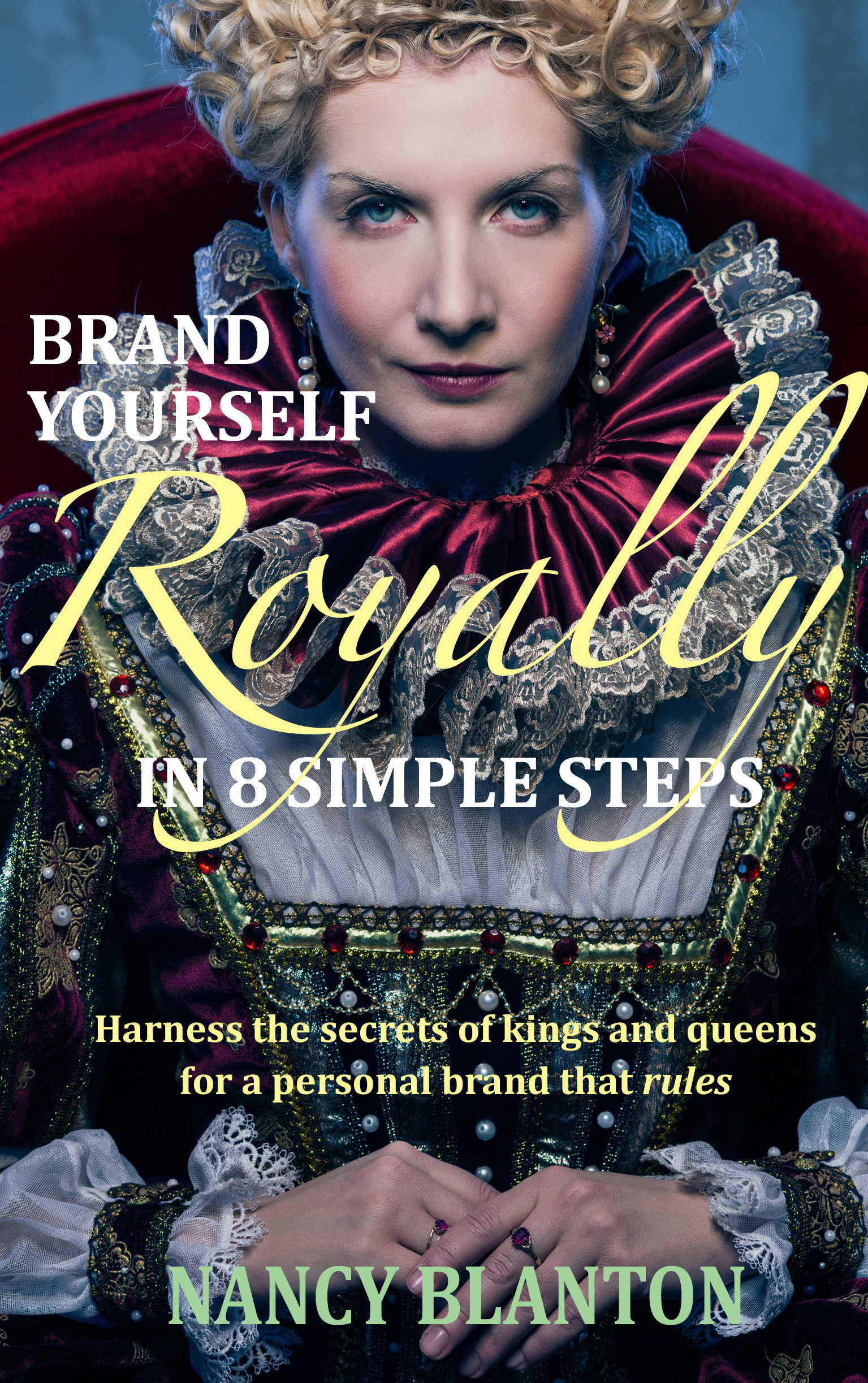 My book will guide you through all eight steps toward your own personal brand. For additional help, I can offer professional services.
My book will guide you through all eight steps toward your own personal brand. For additional help, I can offer professional services.
Please sign up for my newsletter for events and new publication notices.
My latest novel, The Prince of Glencurragh, is set to publish in July 2016.
Oh, and...I really like dogs.


